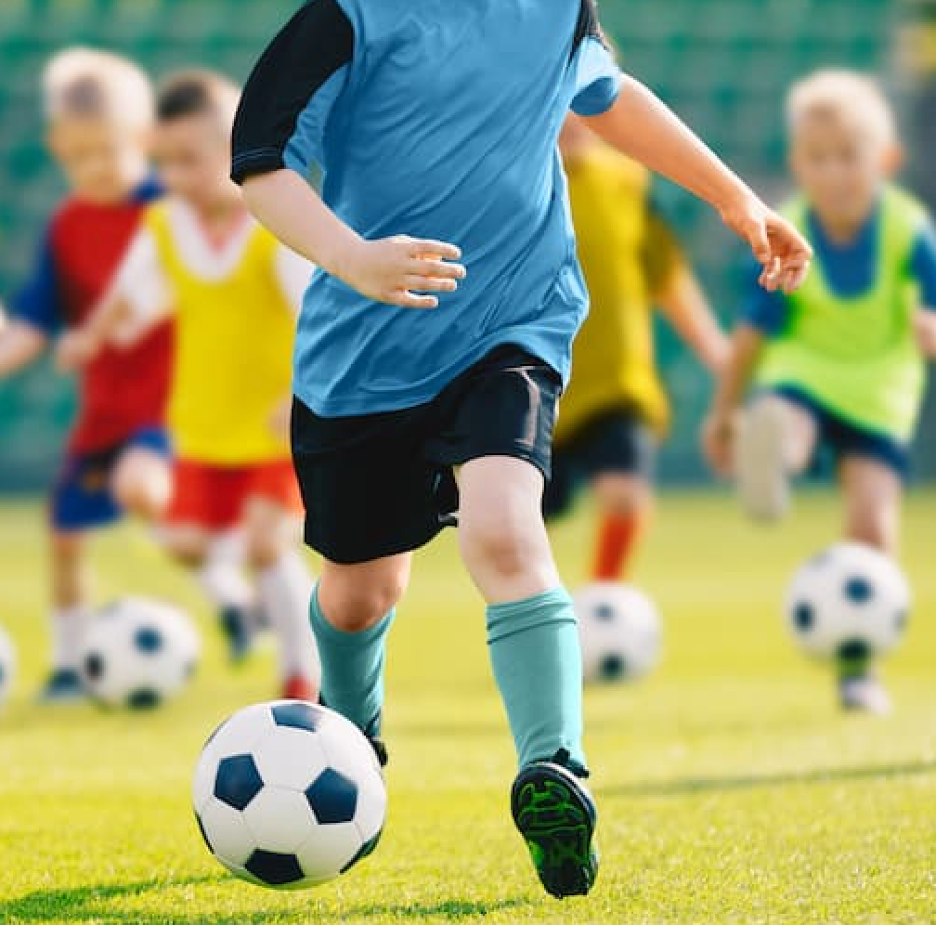Article
Patients With Juvenile Idiopathic Arthritis Less Physically Active Than Controls
Author(s):
A cross-sectional, case-controlled cohort study evaluated the cardiorespiratory and neuromuscular fitness of Finnish patients with JIA and healthy controls.
Patients with juvenile idiopathic arthritis (JIA) had lower cardiorespiratory and neuromuscular fitness and were less physically active when compared with same aged controls with no JIA diagnosis, according to a study published in Pediatric Rheumatology.1 Investigators encouraged patients with JIA to engage in physical activities as a facet of their treatment protocols to prevent risks associated with low levels of physical activity and fitness.
Image Credit: Adobe Stock/matimix

“In recent years, biologic drug therapies have altered the course of JIA possibly also improving the patients’ physical fitness,” noted a group of Finnish investigators led by Kati Räsänen, MD, a specialist in pediatrics at the University of Eastern Finland and Kuopio University Hospital. “However, studies measuring both cardiorespiratory and muscular fitness in children with JIA are sparse and have failed to show consistent results.”
Although treatments have improved the overall outcomes of patients with JIA, a condition which commonly includes symptoms such as fatigue, joint stiffness and swelling, pain, and decreased physical function, it is theorized that pain-related fear of movement may hinder physical performance and the intensity of physical activity.2
A cross-sectional, case-controlled cohort study evaluated the cardiorespiratory and neuromuscular fitness, in addition to contributing factors, in patients with JIA recruited from outpatient clinics in Kuopio and Tampere University Hospitals between 2017 and 2019. The team enrolled 73 patients with JIA (48 girls and 25 boys) aged 6.8 to 17.5 years, as well 73 healthy age- and sex-matched controls chosen from a Physical Activity and Nutrition in Children (PANIC) study.
Cardiorespiratory fitness (CRF) was evaluated using maximal ergospirometry. Neuromuscular fitness was determined by speed, agility, balance, and muscle strength tests. These included a sit-up test, a standing long jump test, a 50-meter shuttle run, and a box and block test. Minutes per day of physical activity and sedentary behavior were assessed via a questionnaire filled in by patients and their parents. Disease activity was determined by the Juvenile Arthritis Disease Activity score in 10 joints (JADAS-10, score range 0–40).
The means of maximal workload (Wmax/kg) and peak oxygen uptake (VO2peak/kg,) were lower in patients with JIA when compared with controls (Wmax/kg: 2.80 ± 0.54 vs 3.14 ± 0.50 Watts, P <.01; VO2peak/kg: 38.7 ± 7.53 vs 45.8 ± 6.59 ml/min/kg, P <.01). Additionally, the mean daily activity was lower (89.0 ± 44.7 vs. 112.7 ± 62.1 min/day, P < .05) and sedentary time was higher (427 ± 213 vs. 343 ± 211 min/day, P <.05) in patients with JIA compared with controls. A total of 60 controls (82%) met the recommended 60 minutes of daily physical activity compared with 59% (n = 42) patients with JIA.
The standing long jump, sit-up, and 50-meter shuttle run test results were lower in the JIA cohort (P <.01). Disease activity was not linked to neuromuscular or cardiorespiratory fitness and physical activity in patients with JIA.
Investigators noted that including an age- and sex-matched control group from an ongoing cohort strengthened the study. However, only 54% of patients with JIA treated at Kuopio University Hospital agreed to participate in the study, which may have led to a bias towards the recruitment of more physically fit patients. Further, no power analysis was performed due to the multiple variables assessed within the study.
“Larger multicenter studies are warranted for further evaluation of factors that can affect JIA patients’ CRF, such as disease activity and type, physical activity and psychosocial stress,” investigators concluded. “Good CRF in children and adolescents has been found to be associated with less advanced preclinical atherosclerosis.”
References
- Räsänen K, Markula-Patjas K, Kantanen S, et al. Impaired cardiorespiratory and neuromuscular fitness in children and adolescents with juvenile idiopathic arthritis: a cross-sectional case-control study in the era of biologic drug therapies. Pediatr Rheumatol Online J. 2023;21(1):26. Published 2023 Mar 17. doi:10.1186/s12969-023-00808-9
- Woolnough LU, Lentini L, Sharififar S, Chen C, Vincent HK. The relationships of kinesiophobia and physical function and physical activity level in juvenile idiopathic arthritis. Pediatr Rheumatol Online J. 2022;20:73. https://doi.org/10.1186/s12969-022-00734-2





